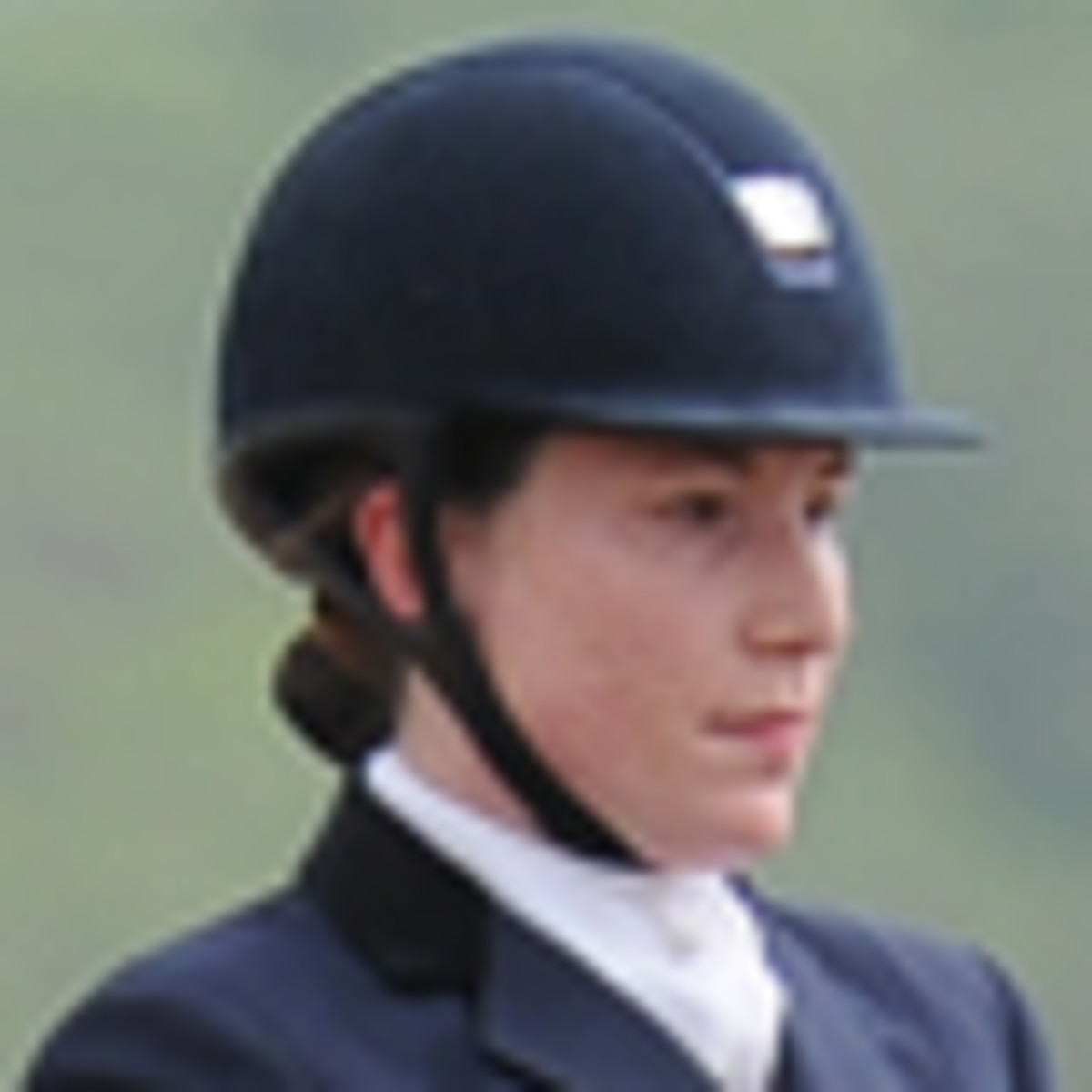Giving 100 Percent

Dressage is hard. From the early morning braiding to the after-work lessons, the longing without stirrups to the supplemental exercise class, you have to give 100 percent to this sport. More incredibly, our horses also give that much (most of the time!).
My horses’ commitment to the work is an incredible motivator, especially when my free weights are the last thing I want to pick up at the end of a particularly hard day. Dutch Olympian Adelinde Cornelissen says it best in “Fit for Riding” on p. 34. “You owe it to your horse to be fit,” she says. “We expect our horses to be in top shape every day of the year, so if we’re not, that’s not fair.”
“You don’t want to be the weakest link,” Cornelissen tells us. The concept sums up more than just rider fitness. It really speaks to a main goal of riding: Do what you can to improve, strengthen every link.
In “Riding the USEF Rider Tests” (p. 54) “S” judge Dolly Hannon beautifully illustrates the idea of improving yourself as a rider. She takes it upon herself to try out the new rider tests she judges, so that she might better understand them. She found that she got “more specific positional feedback than is provided in the standard tests.” Hannon’s out-of-the-box thinking represents just one more way that successful dressage riders work to find ways to improve themselves.
For those who feel that their link in the chain is strong enough, we have “The Dreaded Zigzag” (p. 42) with Jane Savoie, a classic article we pulled from our archives in celebration of our anniversary year. I have to admit this was my Dolly Hannon moment, since I have a new FEI horse in my roster, and this article gave me a fresh, new way to dissect this important upper-level movement. Her diagram of each step is something I plan to tear out and study when I am at the barn.
If you aren’t quite ready for the canter zigzag at FEI, check out “Dressage 101” this month. It features the 20-meter diamond—one of my go-to figures at every level, whether I am teaching a lower-level horse to avoid falling out on the circle or an upper-level horse to prepare for the pirouettes. Find it on p. 25.
Whatever your level, from 101 to zigzag, the fact that you are spending the time to enrich your riding with supplemental reading should be applauded. I love reaping the wonderful rewards of giving 100 percent in this sport. With great effort comes great success.
Happy riding!
Hilary Moore Hebert, Senior Editor











